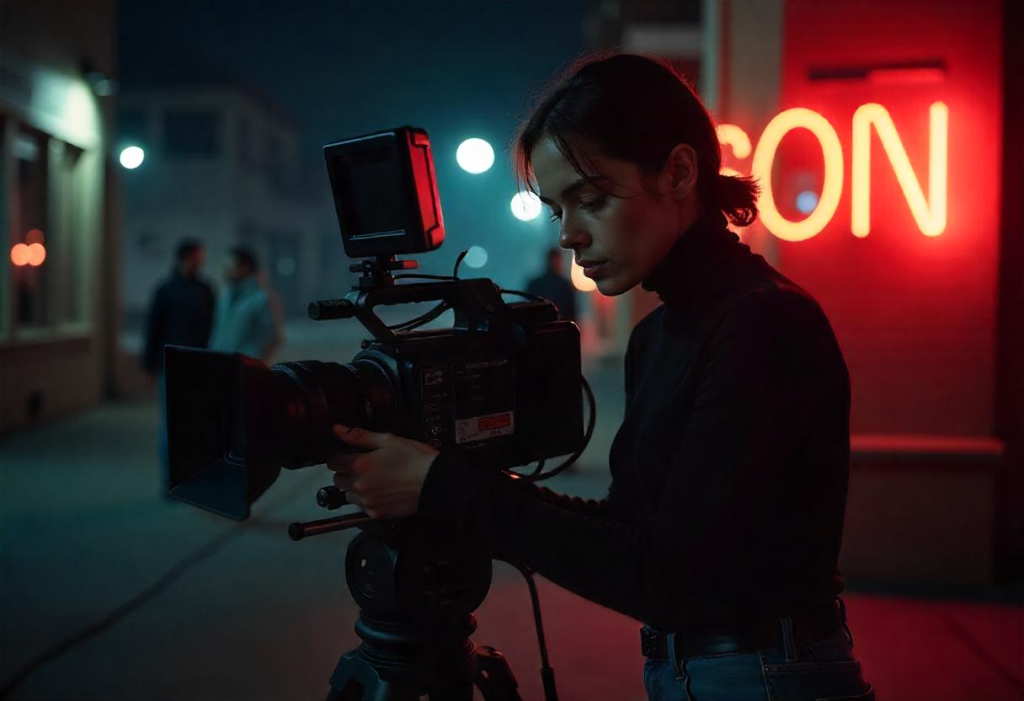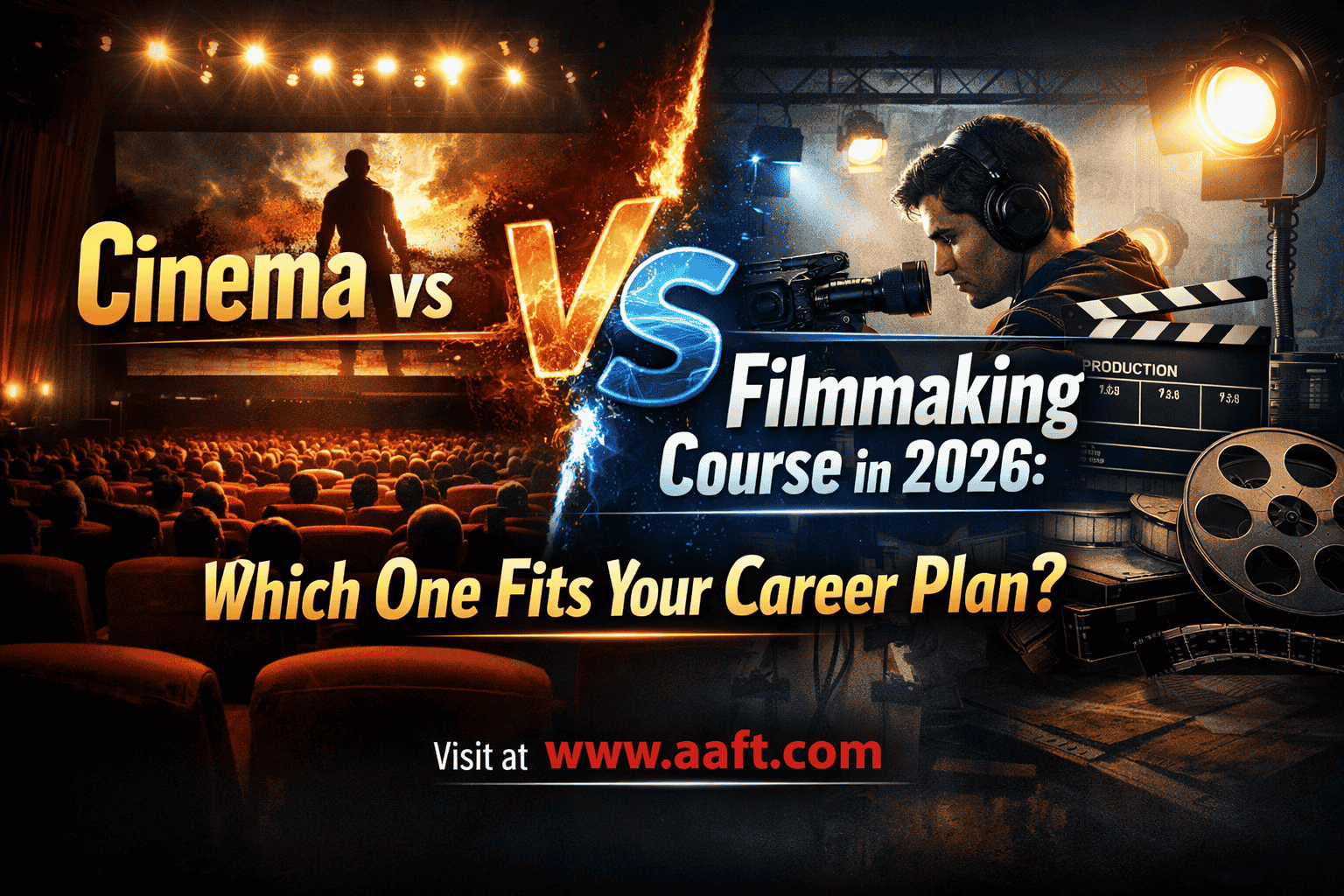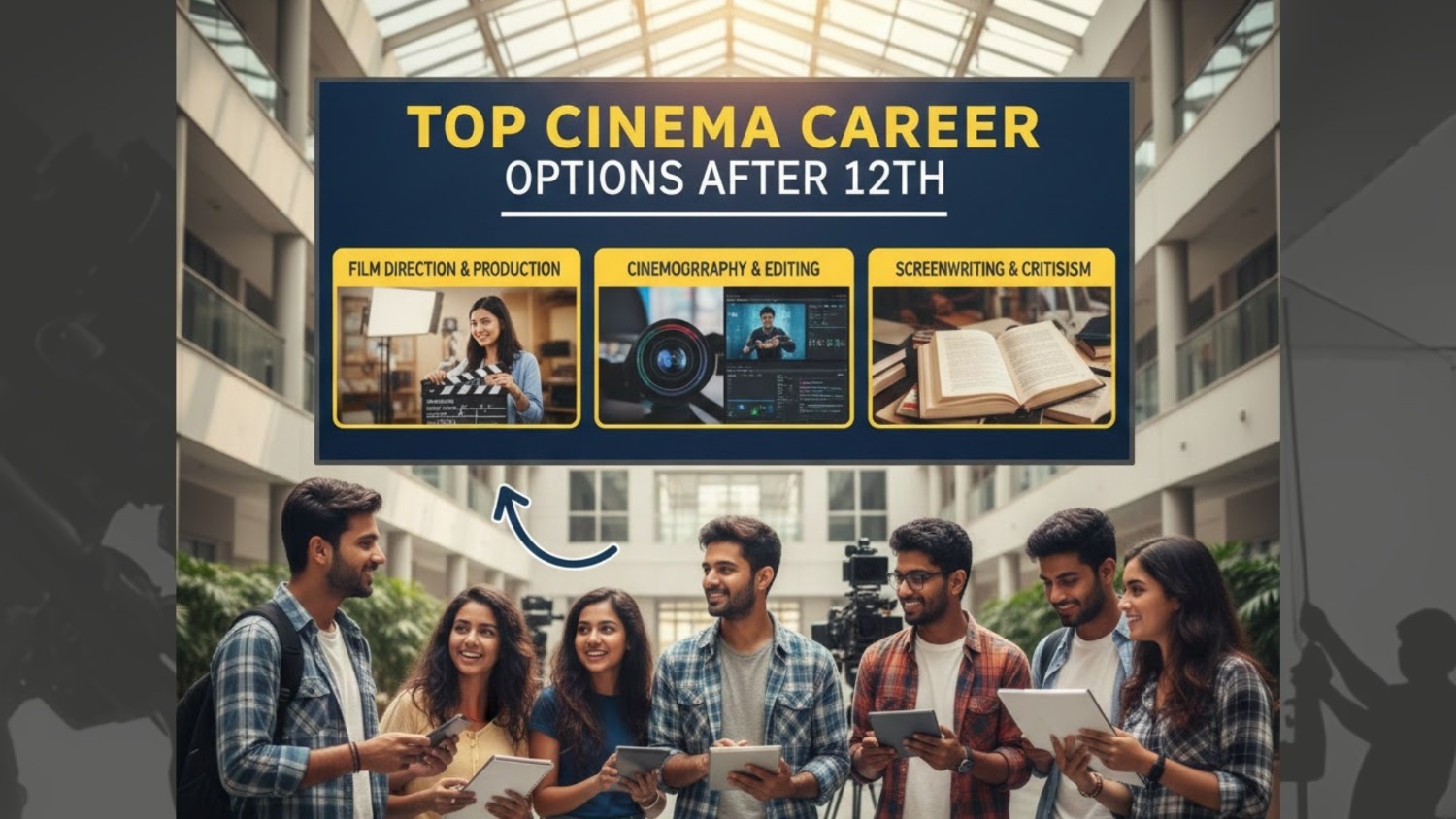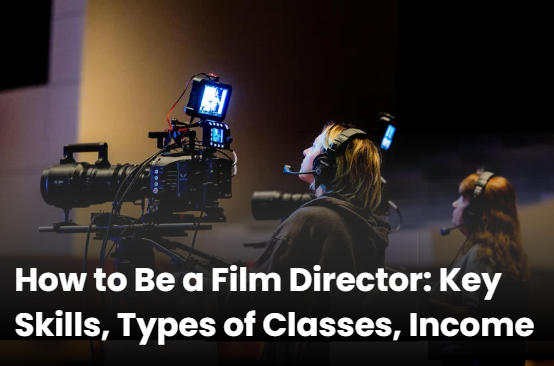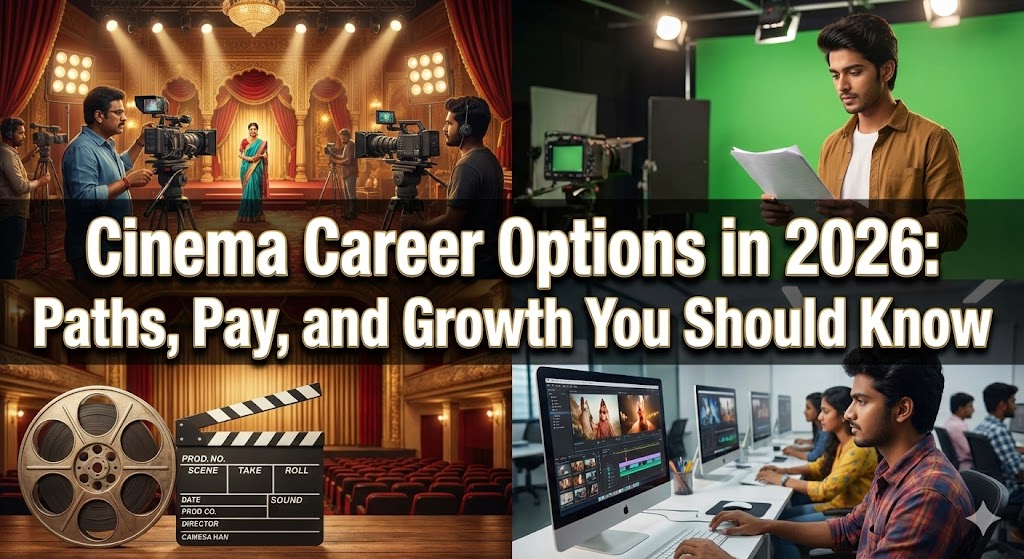The Essential Elements of Cinematography: A Visual Storytelling Guide
Lights, camera… story!
Cinematography is not just about using a camera. It’s about making people feel something when they watch a scene. Does it make you feel excited? Happy? Sad? That’s the magic of cinematography. It’s how movies and videos tell stories without words.
Whether you’re someone who dreams of becoming a Director of Photography (DoP) or simply finds yourself captivated by behind-the-scenes reels of films, this guide will walk you through everything you need to know about cinematography.
If you dream of working behind a camera or love watching how movies are made, this blog is for you. If you are a student and love films, this could be your first step toward a bright future!
What is Cinematography?
Do you want free career counseling?
Ignite Your Ambitions- Seize the Opportunity for a Free Career Counseling Session.
- 30+ Years in Education
- 250+ Faculties
- 30K+ Alumni Network
- 10th in World Ranking
- 1000+ Celebrity
- 120+ Countries Students Enrolled
Cinematography is the art of making movies and videos. It uses pictures, light, color, and movement to tell a story.
Every scene you watch is carefully made. It’s like painting with a camera. Each shot shows a feeling, a thought, or a story.
Good cinematography can make you feel excited, scared, or full of joy—without a single word!
Book Now →
Read Also: The 7 Most Important Elements of a Successful Short Film
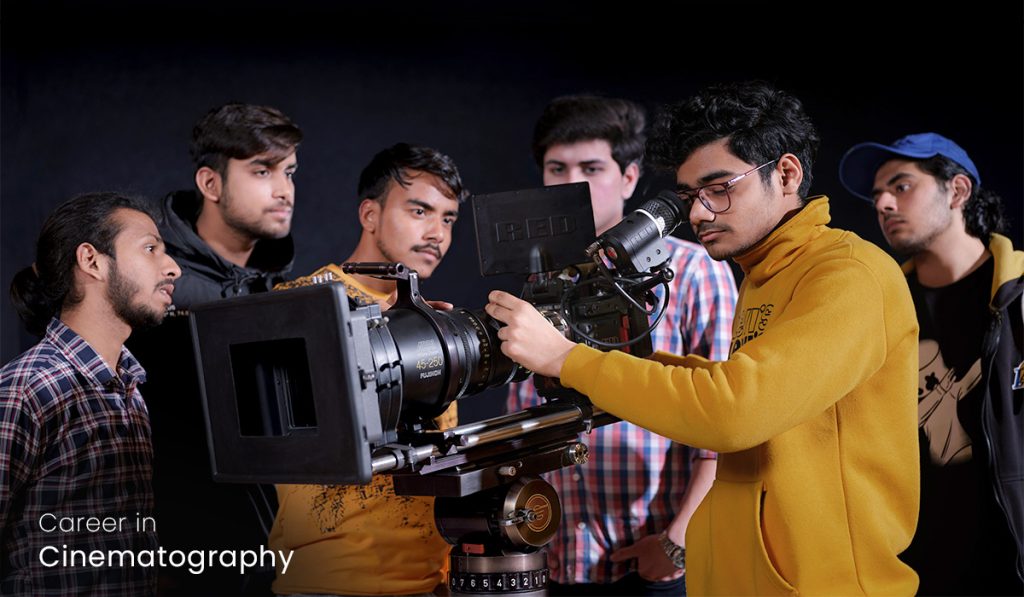
Why Cinematography is So Important Today
Today, we watch videos everywhere—on TV, YouTube, Netflix, Instagram, and even in ads. Everywhere you look, people are telling stories with pictures and videos.
Because of this, cinematography is not just for movies anymore. It is needed in many industries like advertising, fashion, travel, sports, and education.
Do you want free career counseling?
Ignite Your Ambitions- Seize the Opportunity for a Free Career Counseling Session.Learning cinematography today means you can work in so many exciting fields tomorrow!
The Core Elements of Cinematography
Here are the basic things every good cinematographer must know:
1. Lighting – Painting with Light
Lighting changes how everything looks. Bright light can make a scene feel happy. Dim light can make it feel scary or serious.
Tip: Play with shadows too. Sometimes what you hide is as important as what you show!
2. Composition – The Way You Frame
Where you place things inside the frame matters. It can show power, weakness, beauty, or sadness. Composition is about balance, symmetry, lines, and perspective. The “Rule of Thirds” is a classic concept but breaking it with purpose can be even more impactful.
Read Also: Beginner’s Guide to Acting for Camera: Techniques That Work
Tip: Watch movies by Wes Anderson. He loves to make everything look neat and balanced.
3. Camera Movement – Telling with Motion
Moving the camera changes how a story feels. A slow camera move can make a scene feel romantic. A fast shaky move can make it feel full of action!
Tip: Try telling a short story with just your phone camera moving around.
4. Color and Tone – Feelings with Colors
The use of color grading sets the tone of a film and change the mood. Blues can make you feel calm or sad. Warm colors like orange and red can make you feel cozy or excited.
Tip: Notice how movies like La La Land or Moonlight use colors to tell their story.
5. Lenses and Camera Choices – Different Ways of Seeing
Different lenses show the world in different ways. A wide lens shows a big scene. A zoom lens brings things closer.
Tip: Try using different lenses and see how they change the feeling of your shots.
How Cinema Has Changed Over the Years
Cinema has come a long way since the old days.It has gone through a beautiful evolution. From black-and-white silent films to ultra-HD 4K cinematography, the tools and techniques have changed, but the heart of storytelling remains.
Read Also: CGI vs Practical Effects: Pros, Cons & Best Uses in Film
- In the beginning, movies were silent and black-and-white.
- Then sound was added, and people could hear actors talk.
- Color films made everything look more real.
- Special effects like explosions, flying superheroes, and fantasy worlds made stories even bigger.
- Today, we use digital cameras, drones, and even virtual reality to tell stories.
Movies have grown from simple black-and-white stories to big adventures you can watch in 3D or even 4D! And tomorrow’s films will be even bigger—with virtual sets, AI, and interactive storytelling.
The future of cinema is full of new adventures, and you can be part of it!
The Heart of Cinematography
Cinematography is not just about cameras. It’s about feelings.
When you see a movie and feel happy, scared, or moved to tears, it’s because the cinematographer made you feel that way. They translated human emotion into visuals. And that is the magic you’re signing up for.
This artform teaches you patience, focus, and empathy. It teaches you to notice the unnoticed—the play of light on a wall, a look in someone’s eyes, the calm before a storm.
Good cinematographers see what others miss—the small smile, the light shining through a window, the first raindrop before a storm.
They capture the soul of life itself.
Why Choose AAFT to Learn Cinematography?
If you want to become a great cinematographer, you need the right training. That’s where AAFT (Asian Academy of Film & Television) comes in.
At AAFT, we don’t just teach you how to use a camera. We teach you how to tell unforgettable stories.
Read Also: CGI in Filmmaking: Evolution, Impact & Future Trends
Here’s what makes AAFT the best choice:
World-class Studios – Train with the same tools used by real movie makers.
Top Mentors – Learn from famous cinematographers and filmmakers.
Global Exposure – Join film festivals, exchange programs, and workshops.
Hands-on Learning – 70% of your course will be practical work.
Strong Placements – We help you find jobs in top studios, OTT platforms, and ad agencies.
At AAFT, you will learn not just how to shoot—but how to dream big and make those dreams come true!
Career Opportunities After Learning Cinematography
After completing a cinematography course, you can explore exciting careers like:
- Director of Photography (DoP)
- Camera Operator
- Cinematographer for Web Series and TV Shows
- Music Video Cinematographer
- Film Editor
- Ad and Commercial Cinematographer
- Documentary Filmmaker
- Drone Cinematographer
- Virtual Production Assistant
And new roles are coming up in:
- Social Media Content Creation
- VR and AR Storytelling
- AI-Powered Video Production
There has never been a better time to become a cinematographer!
Read Also: Scriptwriting 101 – Tips Every Aspiring Writer Should Know
Final Thoughts: Are You Ready to Tell Your Story?
If you’ve ever seen a movie and thought, “I want to create something like that,” then cinematography is your path. You don’t have to be an expert today, you just have to start.
With the right training, the right heart, and the right school, you can create stories that the world will never forget.
At AAFT, we’re here to walk that journey with you, from your first camera click to your name in the credits. AAFT at every step.
Lights on. Lenses ready. Let’s tell your story together!
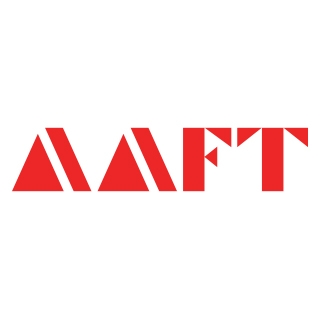
AAFT has been providing the world with limitless creativity and expression since 1993! Through a dynamic and industry-driven curriculum, AAFT provides engaging and captivating articles to persuasive blogs and empowers its readers to explore diverse avenues of creative media education-related content.


